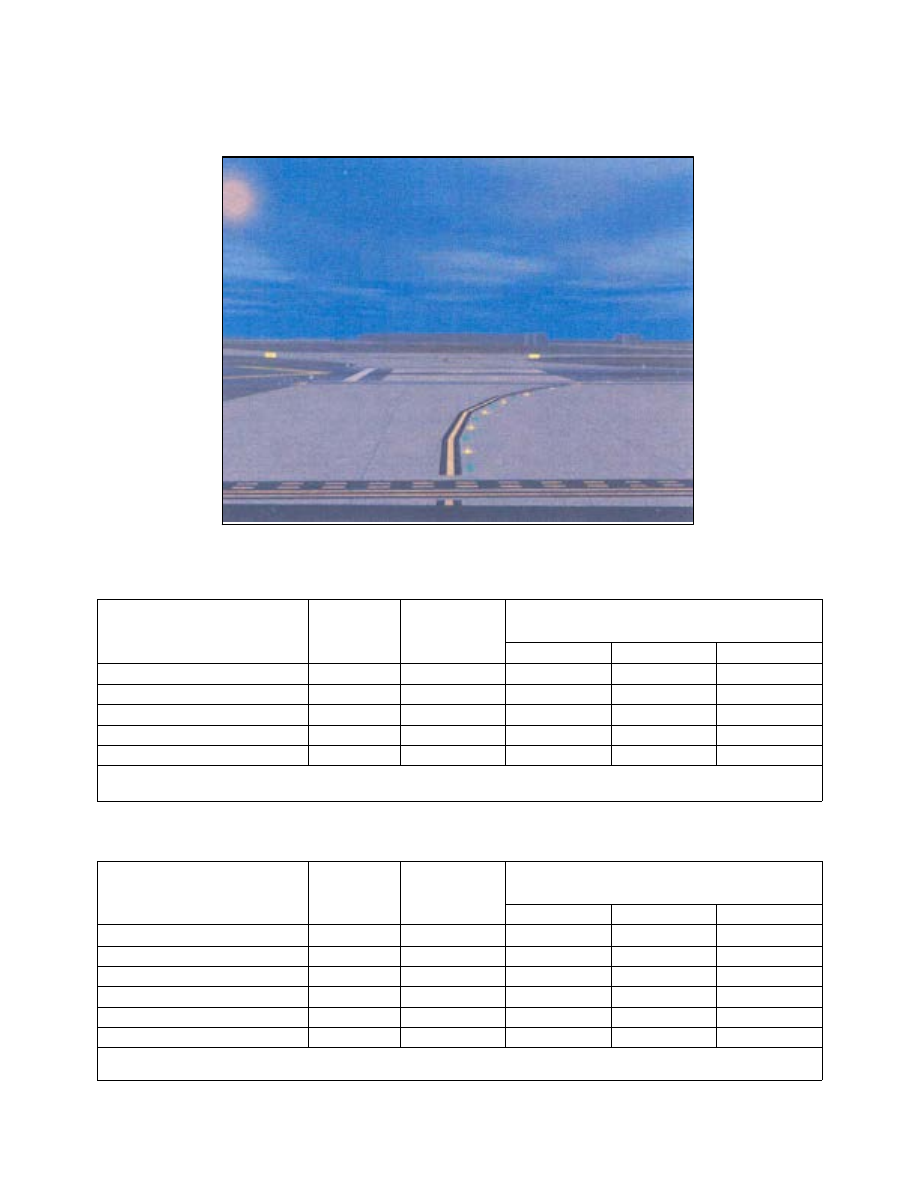
3/21/24
AIM
significant differences between the approach chart and the PBN system avionics’ application of the navigation
database arise, the published approach chart, supplemented by NOTAMs, holds precedence.
(2)
The course into a waypoint may not always be 180 degrees different from the course leaving the
previous waypoint, due to the PBN system avionics’ computation of geodesic paths, distance between
waypoints, and differences in magnetic variation application. Variations in distances may also occur since PBN
system distance
−
to
−
waypoint values are ATDs computed to the next waypoint and the DME values published
on underlying procedures are slant
−
range distances measured to the station. This difference increases with
aircraft altitude and proximity to the NAVAID.
(k) GPS Familiarization
Pilots should practice GPS approaches in visual meteorological conditions (VMC) until thoroughly proficient
with all aspects of their equipment (receiver and installation) prior to attempting flight in instrument
meteorological conditions (IMC). Pilots should be proficient in the following areas:
(1)
Using the receiver autonomous integrity monitoring (RAIM) prediction function;
(2)
Inserting a DP into the flight plan, including setting terminal CDI sensitivity, if required, and the
conditions under which terminal RAIM is available for departure;
(3)
Programming the destination airport;
(4)
Programming and flying the approaches (especially procedure turns and arcs);
(5)
Changing to another approach after selecting an approach;
(6)
Programming and flying “direct” missed approaches;
(7)
Programming and flying “routed” missed approaches;
(8)
Entering, flying, and exiting holding patterns, particularly on approaches with a second waypoint
in the holding pattern;
(9)
Programming and flying a “route” from a holding pattern;
(10)
Programming and flying an approach with radar vectors to the intermediate segment;
(11)
Indication of the actions required for RAIM failure both before and after the FAWP; and
(12)
Programming a radial and distance from a VOR (often used in departure instructions).
Navigation Aids
1
−
1
−
33